By Casey Blair (@CaseyLBlair)
Secondary world urban fantasy is not precisely a new subgenre, but it’s one that has been growing in popularity in recent years. This delights me, because the secondary world urban fantasy (henceforth referred to as SWUF for the sake of brevity and odd acronyms) I’ve read has consistently challenged my notions of what fantasy as a genre can do while being sheer fun. SWUF, for me, is where a lot of the most interesting work and stories are emerging right now in fantasy.
But what is SWUF? Genre definitions are tricky and never fixed, and in this one we have two essential parts: the “secondary world” and the “urban fantasy.” “Secondary world” is a term coined by Tolkien in his essay “On Fairy-Stories” to refer to a world that is not our world, but is internally consistent and fictional. (Most of what we call high fantasy or epic fantasy falls under this umbrella.) As for “urban fantasy,” when it comes to SWUF I mean this in the classic sense, where the city itself is such a strong presence in the story it’s practically a character in and of itself.
So without further ado, these are six SWUF books or series that keep me turning pages, that are pushing genre boundaries, and that leave me reeling with a sense of wonder and inspiration.
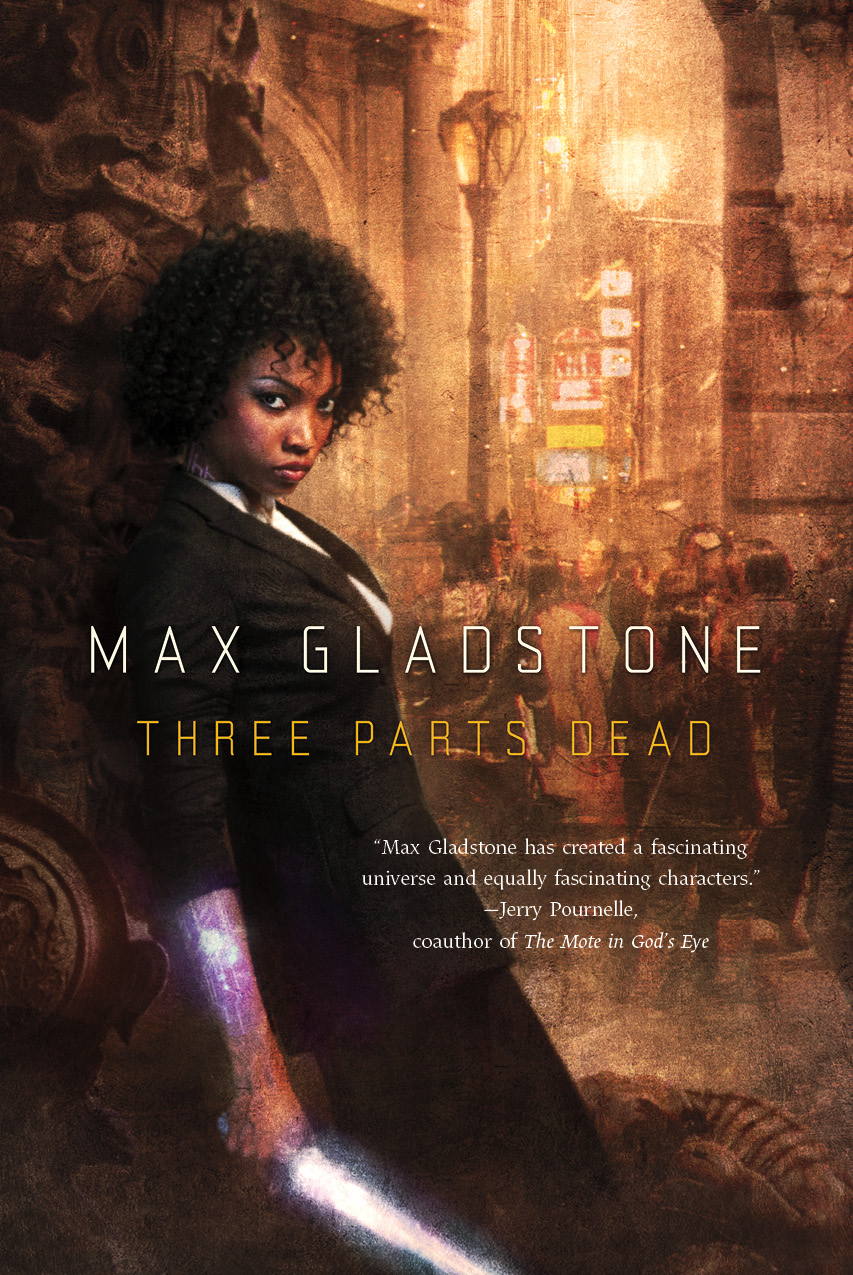 |
1. Three Parts Dead (The Craft Sequence), Max Gladstone
I must begin with Three Parts Dead, because I do not possess sufficient eloquence to convey all of the things I love about this book and the installments that follow. Each book in the series is set in a different city with a different real-world inspiration: Two Serpents Rise draws on Aztec mythology and Full Fathom Five on Polynesian. They tackle fantasy versions of issues like the financial crisis and water rights through familiar but subverted tropes like god wars, magical craftsmen, and power armor. There are dense theoretical and academic arguments and explosive, numinous magical battles. Each follows different point-of-view characters: all are well-drawn with satisfying arcs, and the casts are diverse and inclusive of different races, genders, and sexualities. In short, this book and its series are filled with awesome, and you should check Three Parts Dead out as soon as possible.
|
| |
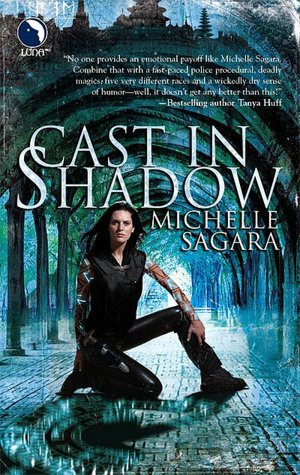 |
2. Cast in Shadow (Chronicles of Elantra), Michelle Sagara (also known as Michelle West)
I started reading the ongoing Chronicles of Elantra years before I had any idea what it was. In some ways, this follows the contemporary urban fantasy narrative structure of a female protagonist investigating magical crimes, but the similarity basically ends there. Our protagonist Kaylin Neya is a police officer charged with upholding the law in the capital city of an empire that is a dragon’s hoard. But there is more magic in this world than even the experts understand, and it’s grouchy yet compassionate Kaylin’s job to resolve not just magical calamities, but also disputes between the different non-human races that are attempting, unprecedentedly, to live together instead of killing each other.
|
| |
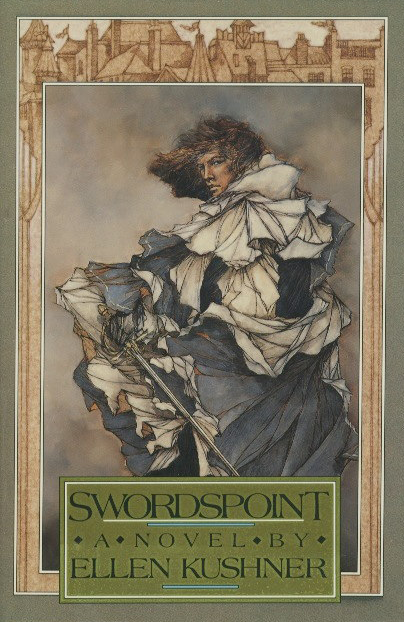 |
3. Swordspoint (The World of Swordspoint), Ellen Kushner
Given that negotiation of traditions among fantastic cultures, I naturally segue into Ellen Kushner’s Swordspoint, one of three books set in a world sometimes referred to as Riverside (though this not the name of the city itself). Swordspoint is also called a “fantasy of manners,” which I find apt. The unnamed city captures the same feeling I get visiting a city like London or New Orleans for the first time—not the same feel of those particular cities, but the same sensation of vibrancy and life and gilded shadows. As the protagonists grapple with expectations of class, gender, and sexuality—and dueling, naturally—Kushner’s wit is scathing. For me, the gems in these books are so often in the spaces between her words, in what she chooses not to say. If you prefer young adult books, The Privilege of the Sword is another novel set in this world that functions as a stand-alone.
|
| |
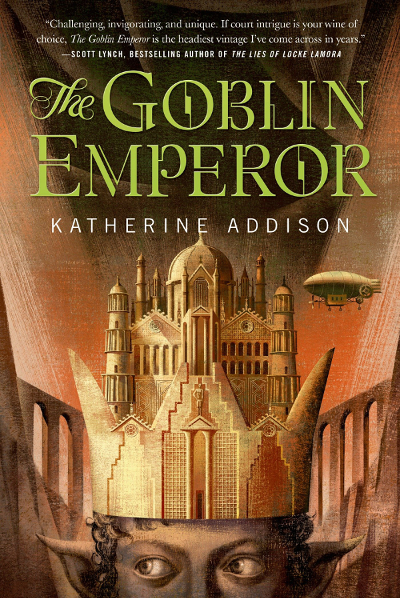 |
4. The Goblin Emperor, Katherine Addison (also known as Sarah Monette)
The Goblin Emperor is also arguably a fantasy of manners with all of its court intrigue, and in this novel it’s not so much that the whole city is the setting, but the palace is like a city in and of itself. In many ways Addison is flipping the archetypal hero’s journey on its head: our protagonist Maia doesn’t go on a quest; rather, becoming emperor means that he Maia is effectively trapped at court. This is an ethical character navigating a world full of metaphorical and literal daggers and trying to learn how to make a home, how to build bridges, and how to choose compassion in a world that values force. This is the most gorgeous and breath-taking stand-alone that I’ve ever read.
|
| |
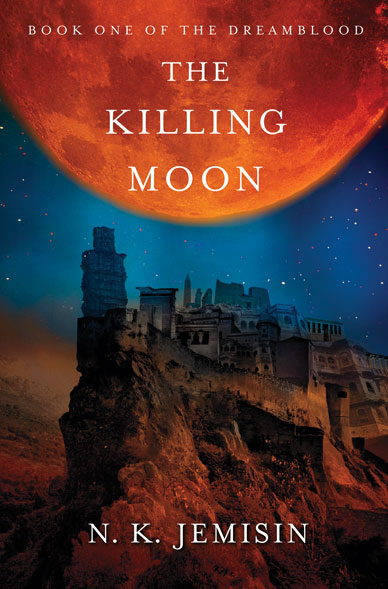 |
5. The Killing Moon (The Dreamblood duology), N. K. Jemisin
Jemisin is best-known for the Inheritance trilogy, but I think this duology—in particular the second installment, The Shadowed Sun—break a lot of new ground. The political machinations and undercurrents in the city were as complex and fascinating as I’ve come to expect from her writing, and I love that she consistently challenges racial constructs and the definition of what it means to be a woman. However, it was the magic of the first book that compelled me to pick up the second, and it was the second that broke my brain. Her magic system blends Egyptian mythology, medicine, psychoanalysis, and especially dreams. The magic, world, characters, and their struggles are immersive and lyrical and nuanced and utterly riveting.
|
| |
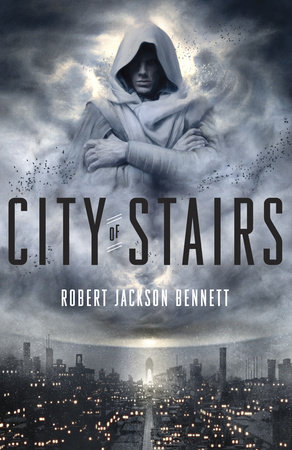 |
6. City of Stairs, Robert Jackson Bennett
Last but certainly not least is City of Stairs, a novel that will be followed with a sequel, City of Blades, in January of 2016. City of Stairs is set in the conquered city of Bulikov, where once the gods wielded their power to conquer the world, and is now ruled by the Saypuri Empire that overthrew those gods. It’s a shattered city, a shadow of its former glory, caught and broken between this new secular world and the traditions it held inviolable if not dear. Our protagonist Shara Thivani, a highly accomplished spy masquerading as a diplomat, arrives to get to the bottom of a murder and ends up unraveling threads of history and empire and theology all tied together in an explosive knot. It’s a rollicking adventure that periodically gut-punches the reader with the poignancy of its matter.
|
There are many more SWUF books out there, and it’s a subgenre that is growing rapidly. While I am happy to have many more on my inexhaustible reading list, these are my current favorites to get you started.














What a great list! I’ve only read Cast in Shadow – will be picking up some of these others in the next couple of days.
Say, is there a name for fantasies in which the strong female character follows an arch very similar to what they often do in urban fantasies, but which takes place in a whole secondary world country or large zone (ie, not just one city)? Or do you just call those traditional fantasies? 🙂
Cheers,
Julianna
Thanks, Julianna!
If I’m understanding your question correctly, there’s not really a difference in the character arc there so much as with the setting/scope. So I’d just call that a fantasy with a female protagonist =).
No view first; sorry for above typo.
Thanks, Casey. You understood my question perfectly. I appreciate your answer. 🙂